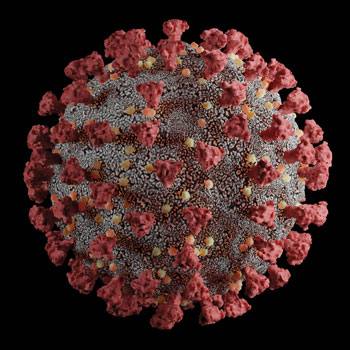Applying the ‘ketchup rule’ to diagnosing cirrhosis
Finding cirrhosis requires specifically looking for symptoms that can be easily missed unless a physician is primed to see them.
One thing that has helped me over the years is a way to assess the likelihood of cirrhosis in a patient who's coming in with a presentation that could be related to underlying cirrhosis, but cirrhosis hasn't already been established as a diagnosis.
As a hospitalist, a lot of the patients I see have a chief concern that could be related to underlying cirrhosis. They might have gastrointestinal bleeding from portal hypertensive gastropathy, or from variceal bleeding, or they may have edema from cirrhosis, or they may have confusion from hepatic encephalopathy, or they could have acute kidney injury related to hepatorenal syndrome, or even hypoxemia related to hepatopulmonary syndrome. Cirrhosis is always on the differential diagnosis for these patients who are coming in with these very common concerns.
The problem with a lot of the findings of cirrhosis, other than the ascites and the very obvious findings that you see, is you have to specifically look for them to find them. Once somebody points them out, you see them, but you easily could miss the findings unless you're specifically looking for them.
I call this the ketchup rule. Imagine yourself sitting on a couch eating french fries, and you want ketchup. So you go to the fridge. By the time you get to the fridge, you've forgotten what you're looking for. And so you open the fridge door, and you scan around and look directly at the ketchup, but it doesn't register. So you get a little frustrated, you close the fridge door, and you go back to couch and see the french fries and you remember it was ketchup you were looking for.
This time, you prime yourself and say, “Oh, I'm looking for ketchup.” You open the fridge door, you get the ketchup right away; you don't miss it because you're specifically looking for it. In patients with cirrhosis, some of these findings you really need to prime yourself for and say, “Hey, this patient could have cirrhosis. Let's see if they have any of these other findings that can help me sort out whether it's likely they have underlying cirrhosis or not.”
The things that you're specifically looking for other than the usual ascites or jaundice in somebody potentially with cirrhosis are things like spider angioma. We all know what spider angiomas look like, but especially in older patients, there are so many chronic skin changes that we can miss them very easily. So specifically look for spider angiomas. If patients have these, it increases the likelihood of cirrhosis by 10% to 20%, and if they don't have them, it also decreases the likelihood 5% to 10%. For spider angiomas, it's pretty easy to look at a picture of them, and then as long as you're searching for them, you can find them.
The same thing applies with palmar erythema, which is really interesting because if you look at your palms, you could probably convince yourself that you have palmar erythema. You can cause yourself to have what looks like unilateral palmar erythema by holding one hand down and holding one hand up. One looks pale; one looks engorged. But by looking at 1,000 different palms, you can really sort out what palmar erythema actually looks like. When teaching students and learners about palmar erythema, I say, just look at everybody's palms, get a sense of what a normal palm looks like. This is the coloring of normal palms, in patients of all different skin colors. And then when you see palmar erythema, it'll stand out. You'll say, “Oh, that's different from all the others that I've seen before.” You're never going to recognize that, though, unless you're specifically looking for it, using the ketchup rule. And if they have palmar erythema, it increases the likelihood of cirrhosis by 10% to 20%, and if they don't have it, it decreases the chances of having cirrhosis by about 10%.
The last thing is one that we rarely look for and we always miss unless we're specifically looking for it: gynecomastia. This condition also raises the risk of cirrhosis by about 20%, and if they don't have it, it decreases the likelihood again by about 10%. With gynecomastia, once you have seen it, and once you've felt it, you know what it is. But you still want to be sure that you understand what it actually feels like in a male breast, in the tissue right below the nipple.
I think that's a lot of teaching the physical exam…looking for things specifically and recognizing the normal. If you can recognize the normal, then it's far easier to pick out what's abnormal. Even if you don't know what it is, you can then get help. You can say, “Well, I don't know what this is. But this is not within the normal realm.”
Each of these findings individually isn't incredibly helpful by themselves, but when you start lining them up, and patients have all three of these findings, or none of them, it becomes far more likely or far less likely that they have cirrhosis. Then you can add in the usual things like lower-extremity edema. In combination with these other findings, cirrhosis starts becoming more likely. You can really leave the patient's room saying, “I really don't think this patient has cirrhosis,” or saying, “I really think this patient could have cirrhosis; I need to do further testing like an albumin level, an INR, and a platelet count.”
The problem with those lab tests is they are infrequently normal in the inpatient setting. Patients often have a low albumin levels, often have a low platelet count, but not necessarily because it's cirrhosis. But if I have a good probability clinically if the patient has cirrhosis when I leave the room, then these tests are a lot more useful in determining the likelihood of cirrhosis.





